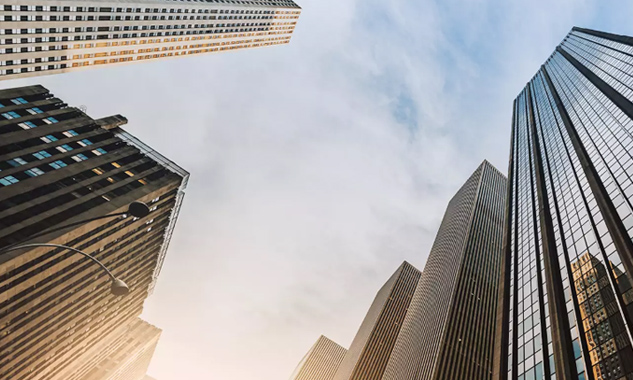Sunscreen blind fabrics are better at blocking the sun's harmful rays than regular fabrics. There are several reasons for this.
First, sunscreen blind fabrics are specifically made to protect from ultraviolet (UV) rays. It has a high UPF (Ultraviolet Protection Factor) rating and basically blocks a lot of UV rays. Regular fabrics do not have this special UV protection.
The fabric itself is made of a dense weave that acts as a physical barrier against sunlight. This means that the sun's rays cannot easily pass through the fabric and reach the skin. Regular fabrics tend to have a looser weave, so they let in more sunlight.
In some cases, the fabric of sunscreen blinds may contain an extra layer of sunscreen chemicals. These chemicals help increase the fabric's ability to block sunlight by absorbing or reflecting ultraviolet light. Regular fabrics do not have such additional protective coatings.
Another great thing about sunscreen blind fabrics is that they are designed to resist fading and damage from sunlight. A special treatment and manufacturing process increases its resistance to UV damage. Regular fabrics don't have this kind of care and can easily get damaged or fade when exposed to the sun.
In summary, if you want top-notch sun protection,
sunscreen blind fabrics are the way to go. Its structure, UV blocking properties and resistance to sunburn make it a good choice compared to regular fabrics.
How to simply test the UV protection function of Sunscreen Blinds Fabric?
Below is a revised version that sounds more like it was written by a real person.
If you want to test the UV protection capabilities of your sunscreen blind fabric, you can try the following simple method.
First, choose a sunny day or a bright room to perform the test. This ensures sufficient UV light to accurately assess fabric protection.
Next, take a small piece of sunscreen blind fabric and paste the UV sensitive paper onto it. UV-sensitive paper is easily available at science experiment specialty stores and online.
Before starting the test, make sure the UV-sensitive paper is securely attached to the fabric and not exposed to direct sunlight. This ensures that only the fabric is blocking UV rays and allows us to accurately measure its effectiveness.
Place the fabric sample under a bright light source, such as a lamp or sunlight, for a few minutes. This simulates fabrics exposed to UV radiation.
After a few minutes, remove the fabric from the light source and carefully peel off the UV-sensitive paper.
Observe any changes in color or hue in the exposed areas of the UV-sensitive paper. Paper exhibits varying degrees of color change depending on the amount of ultraviolet light it is exposed to.
To determine the level of UV protection, compare the color change of the UV-sensitive paper to the color chart that comes with the paper or the included instructions. This chart typically indicates the level of UV protection based on the color of the paper after exposure.
Note that the deeper the color change or the more pronounced the color change of the UV sensitive paper, the higher the level of UV protection the fabric will provide. On the other hand, a light or minimal color change indicates poor UV protection.
It is important to note that this method provides a qualitative rather than a quantitative evaluation. For accurate and specific UV protection ratings, it is best to refer to the manufacturer's specifications or request third-party testing.
By following these steps, you can get a general idea about the UV protection capabilities of sunscreen blind fabrics.










